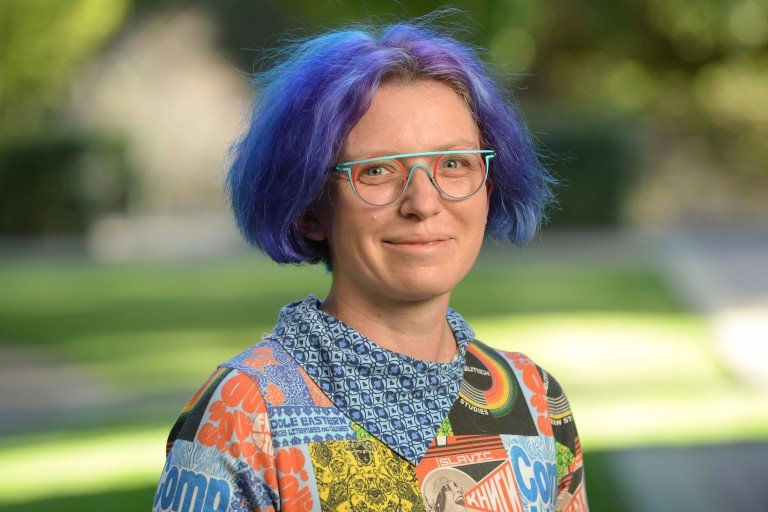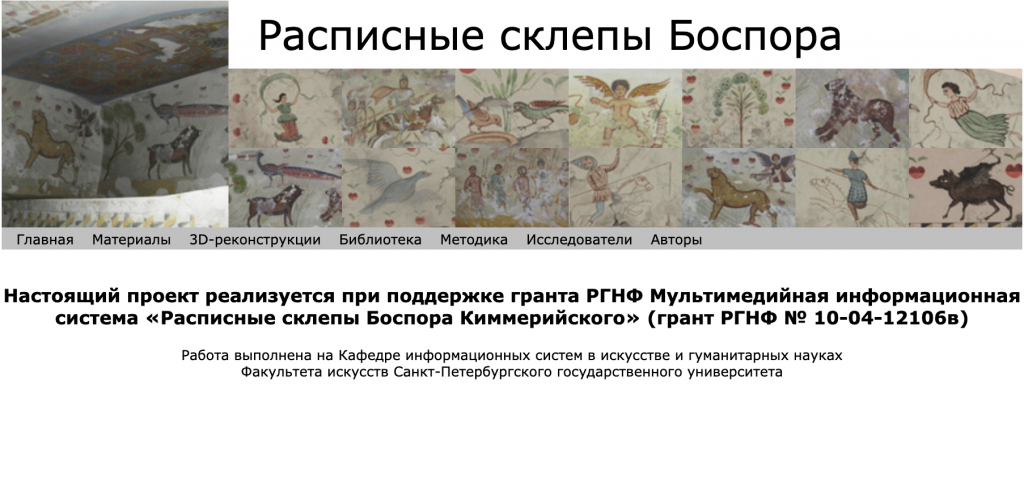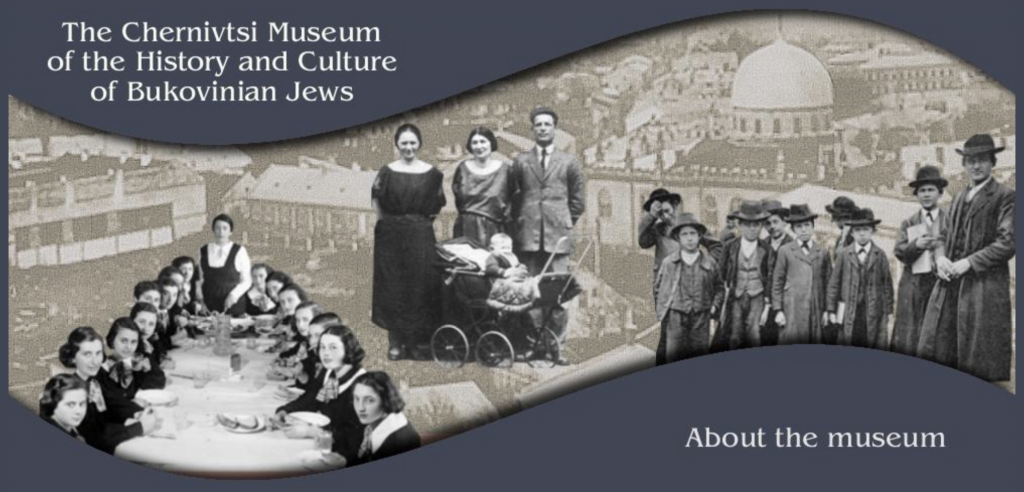How Tech Experts in the West Are Rushing to Save the Digital Archives of Ukraine’s Museums

Written by Sarah Cascone. Originally published by artnet, March 14, 2022.
As the Russian military continues its invasion, Ukrainian arts organizations are striving to protect the nation’s cultural heritage—including the websites and digital archives of its museums and libraries.
The new initiative Saving Ukrainian Cultural Heritage Online (SUCHO) has been working around the clock to back-up and preserve data and technology, all of which are threatened by the war.
“People forget that the internet is made up of physical things. There are physical servers that are located in the real world that need power, cooling, and maintenance,” Quinn Dombrowski, an academic technology specialist at Stanford University, told Artnet News in an email.
“The internet as a ‘series of tubes’ is a joke, but also real: Networking depends on physical cables that have to remain connected for things to work,” she added. “War can disrupt all of those things. Anything from a power outage to a server being crushed in a building that’s been bombed can take websites offline, temporarily or permanently.”
Since launching on March 1, SUCHO has made digital archives for more than 1,500 websites, digital exhibits, open access publications, and other online resources from Ukrainian cultural organizations, for a total of three terabytes of data as of Wednesday.

Dombrowski leads SUCHO with Anna Kijas, head of the Lilly Music Library at Boston’s Tufts University, and Sebastian Majstorovic, an IT consultant for digital humanities at the Austrian Center for Digital Humanities and Cultural Heritage.
The three connected on Twitter after Kijas posted on February 26 about staging a virtual data rescue session for Ukrainian cultural heritage institutions’ music collections. She had noticed that while people were adding websites to the Internet Archive’s Wayback Machine, only the main homepage was being captured, leaving digitized collections and other content vulnerable.
“We spread the word originally via Twitter,” Dombrowski said. “There’s a large, active network of digital humanists, librarians, archivists, and other cultural heritage professionals on Twitter and within a few days we had hundreds, then over a thousand volunteers with varying level of technical proficiency.”

With support from around the globe, the project quickly secured emergency grants from two leading digital humanities organizations, the Association for Computers and the Humanities and European Association for Digital Humanities. A grant from Amazon Web Services powers SUCHO’s storage infrastructure and cloud web archiving environment, and Digital Ocean has provided a grant for more cloud web archiving servers.
But the work has been made more difficult by internet outages and electricity loss, among other complications.
“It hasn’t always been easy to find websites for cultural heritage institutions. In theory, there’s a lot of URLs stored in WikiData, but we’ve found that many of them are outdated or have been corrupted by malware,” Dombrowski said. “We have a team of volunteers working on finding more up-to-date URLs, and updating WikiData in the process.”

“As cyberattacks have increased, some organizations have taken steps to protect their websites that have also impacted our ability to archive them—from a web-traffic perspective, it can be difficult to tell the difference between a cyberattack and a good-faith web crawling effort,” she added.
Communication with the people working at Ukrainian institutions about the project remains limited.
“Most people who work in the cultural heritage sector in Ukraine right now are too busy trying to survive and make sure physical objects in their collections make it to safety,” Dombrowski said. “We’re trying to just make web archiving not something that they need to worry too much about while they attend to more urgent matters.”
Volunteers are still welcome, particularly those with expertise in Ukrainian language and culture.
“This project isn’t going to end once we’ve ‘archived everything,’ if that we even possible,” Dombrowski said. “We’ll also be working on metadata for what we’ve captured, and getting things organized and usable to help Ukrainian librarians and archivists when they’re ready to rebuild.”